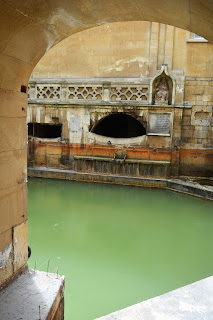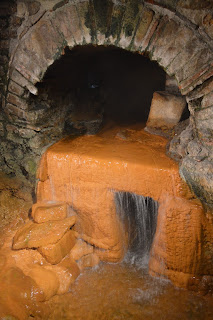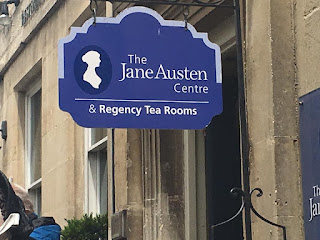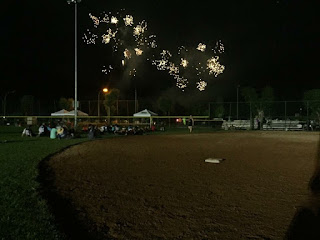Upon returning from my trip to Italy, my family came for a visit, and I found myself once again in Roman times. Our destination, Bath. We did visit other areas around England, but I won't go into those as I have already covered most, such as London.
On our way to Bath, we stopped at Stonehenge and pondered their significance and how they came to be. Was it great engineering, aliens, or the talented Dr. Who? We had lunch, toured the interactive museum, and then walked to see the mysterious stones. We continued towards Bath, but stopped for a rest in Bradford-Upon-Avon. I cannot say enough as to how lovely our stay was. And the food at The Swan, was delicious! The next morning we drove the remaining way to Bath and our next adventure.
Just walking the city of Bath, it is apparent the Roman Empire once greatly dominated the area. The natural hot springs played a large role in the Romans interested in Bath. The hot spring's temperature is around a toasty 46°C or 115°F, making it ideal for bathing. Bath was known to the Romans as Aquae Sulis, or "waters of Sulis". Sulis was the Celtic mystical goddess (Roman goddess Minerva) responsible for gifting the natural spring waters. Around 70 A.D. the Roman Baths were built in the heard of the city as a grand bathing and socializing complex. The baths today are still intact and one of the best preserved Roman remains in Europe. After the Roman withdrawal in 5th century A.D. the baths and complex were abandoned and said to be lost due to flooding.
The baths were once again brought back to life around the 12th century and played an important part in the social life of people during the Victorian era. It was believed that the natural spring waters held curative properties for those that bathe and drank the water. At the end of the tour, a sample of the natural spring is available for tasting. The spring water comprises of some 42 minerals (take that Dr. Pepper and your 23 flavors). I will say the water has a very distinct taste and is pretty warm!
The site allows you to walk around and through the various baths and steam rooms, as well as an interactive museum. The museum houses some interesting histories, some dating back to the Romans. There are over 100 cursed tablets that have been found. Cursed tablets were used to inform the gods of wrongdoings. An accuser would write the manner of crime committed against them, the name of the wrongdoer and send it off to the gods to punish as they see fit.
Rising above the Roman Baths is Bath Abbey. The first king of England was crowned here and since, all other kings and queens have followed suit. The abbey has been a place of worship for over 1,000 years. Three churches have occupied the site over its history, the present church built during the 15th century. With the dissolution of the monasteries under King Henry VIII, Bath Abbey fell into ruins until 1616 when repairs started. The fly buttresses were added in the 1800s, and the west side boasts angels ascending and descending to and from the heavens as inspiration from a dream that came to the Bishop of Bath, Oliver King.
The last thing place we visited on our adventurous Bath tour was the Jane Austen Centre. I will say I was a little disappointed in the size of the centre, it's small. However, I think they did a fantastic job telling about Jane Austen's life, especially her life in Bath. Bath held many memories for Jane Austen, some good and some bad, like the death of her father. However, Bath is a main focal point in 2 of her novels, Persuasion and Northanger Abbey. I didn't know that the popular portrait of Jane Austen is based on a watercolor of her sister Cassandra in which the family insist has little likeness to Jane's actuality. A visit for Jane Austenites, but it doesn't take long, about 45 minutes.
There's more to Bath to experience, another time. However, just walking (and driving) around Bath was quite picturesque. We did drive up one hill that I didn't think my poor car was going to make it, but luckily it has SPORT mode that helped, a little. Bath is right on the edge of the Cotswolds which, to me, is some of the most beautiful countryside. The river Avon runs through Bath, and walking along the river is very pleasant too! We stumbled upon a garden that is celebrating the Queen's 90th birthday via landscaping.




















































